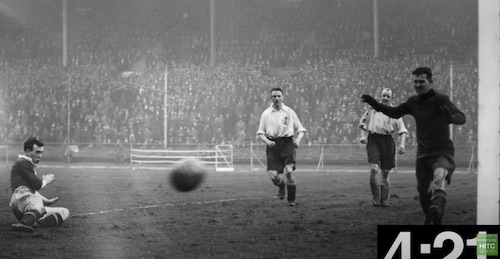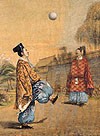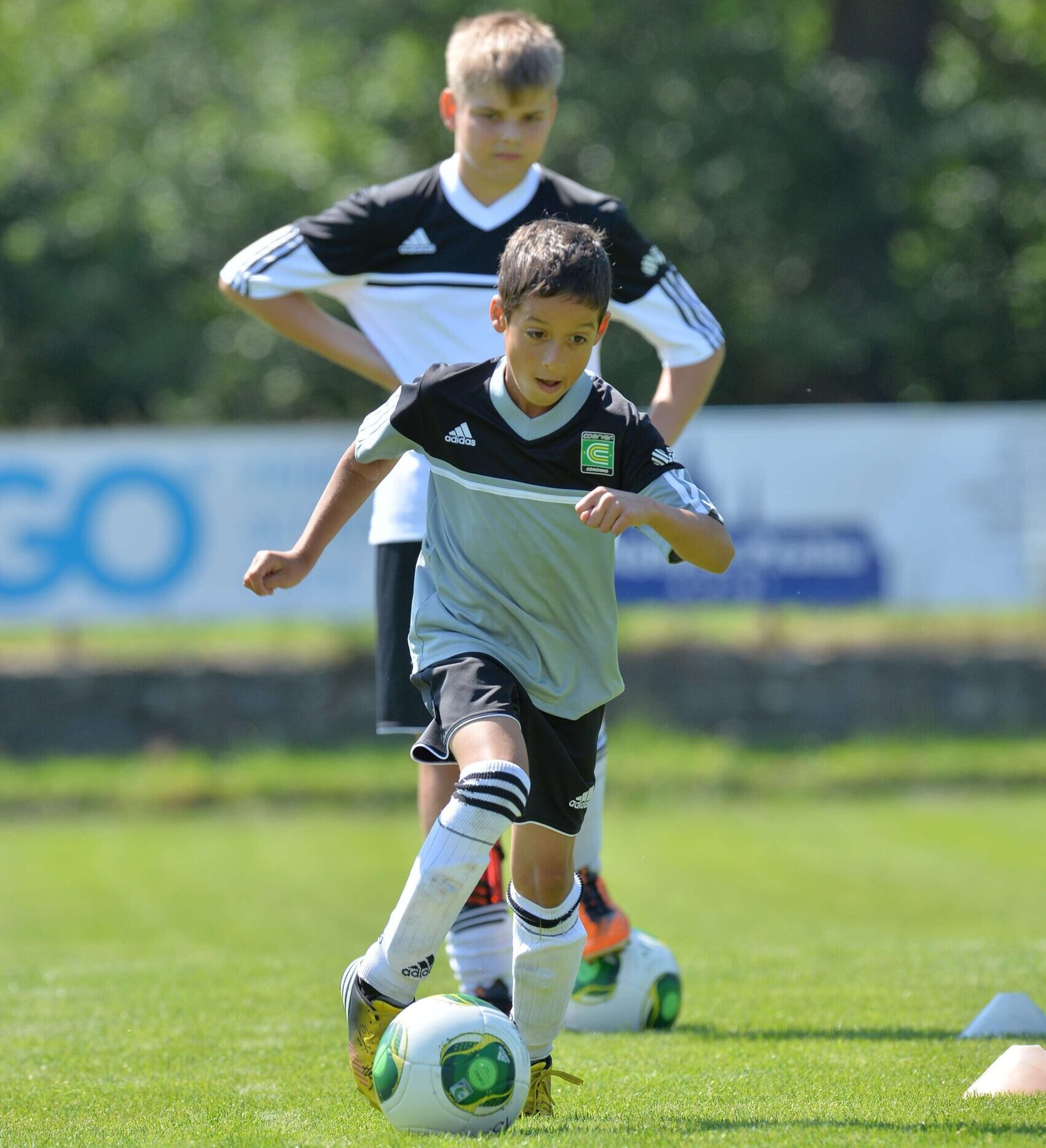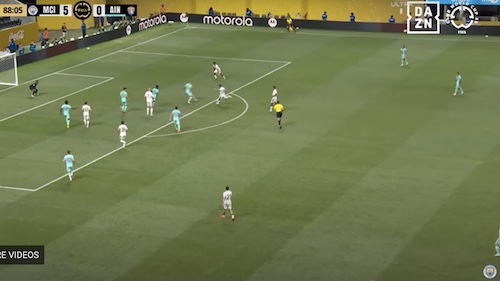| The colorful history of the fascinating game of soccer / football. It’s the greatest sport in the world. The most popular sport in the world. All you need is a bit of space and a soccer ball at your feet. It’s the beautiful game. The history of soccer:
By Dr. Wilfried Gerhardt This article was first published in April 1979 in FIFA News. The author was the former press officer for the German Football Association. Selected paragraphs have been updated in the interim. Here’s the history of soccer. The beautiful game.
The contemporary history of soccer (football) spans almost 150 years. It all began in 1863 in England, when rugby football and association football branched off on their different courses and the world’s first football association was founded – The Football Association in England. Both forms of football stemmed from a common root and both have a long and intricately branched ancestral tree. Their early history reveals at least half a dozen different games, varying to different degrees and to which the historical development of football is related and has actually been traced back. Whether this can be justified in some instances is disputable. Nevertheless, the fact remains that playing a ball with the feet has been going on for thousands of years and there is absolutely no reason to believe that it is an aberration of the more “natural” form of playing a ball with the hands. On the contrary, apart from the absolute necessity to employ the legs and feet in such a tough bodily tussle for the ball, often without any laws for protection, it was no doubt recognized right at the outset that the art of controlling the ball with the feet was extremely difficult and, as such, it required special technique and talent. The very earliest form of the game for which there is scientific evidence was an exercise of precisely this skilful technique dating back to the 2nd and 3rd centuries B.C. in China. A military manual dating from the period of the Han Dynasty includes among the physical education exercises, the “Tsu’Chu”. This consisted of kicking a leather ball filled with feathers and hair through an opening, measuring only 30 – 40 cm in width, into a small net fixed onto long bamboo canes – a feat which obviously demanded great skill and excellent technique. A variation of this exercise also existed, whereby the player was not permitted to aim at his target unimpeded, but had to use his feet, chest, back and shoulders whilst trying to withstand the attacks of his opponents. Use of the hands was not permitted. The ball artistry of today’s top players is therefore not quite as new as some people may assume. Another form of the game, also originating from the Far East, was the Japanese Kemari, which dates from about 500 to 600 years later and is still played today. This is a type of circular football game, far less spectacular, but, for that reason, a ‘more dignified and ceremonious experience, requiring certain skills, but not competitive ‘ in the way the Chinese game was, nor is there the slightest sign of struggle for possession of the ball. The players had to pass the ball to each other, in a relatively small space, trying not to let it touch the ground.
The Greek game “episkyros”, relatively little of which has been handed down, was much livelier, as was the Roman game “Harpastum”. The latter was played with a smaller ball with two teams contesting the game on a rectangular field marked by boundary lines and a centre-line. The object was to get the ball over the opponents’ boundary lines. The ball was passed between players and trickery was the order of the day. Each team member had his own specific tactical assignment and the spectators took a vociferous interest in the proceedings and the score. The role of the feet in this game was so small as scarcely to be of consequence. This game remained popular for 700 or 800 years, but, although the Romans took it to England with them, it is doubtful whether it can be considered as a forerunner of contemporary football. The same applies for hurling, a popular game with the Celtic population, which is played to this very day in Cornwall and Ireland. It is possible that influences were asserted, but it is certain that the decisive development of the game of football with which we are now familiar took place in England and Scotland. The game that flourished in the British Isles from the 8th to the 19th centuries had a considerable variety of local and regional versions – which were subsequently smoothed down and smartened up to form the present day sports of association football and rugby football. They were substantially different from all the previously known forms – more disorganized, more violent, more spontaneous and usually played by an indefinite number of players. Frequently, the games took the form of a heated contest between whole village communities or townships – through streets, village squares, across fields, hedges, fences and streams. Kicking was allowed, as in fact was almost everything else. However, in some of these games kicking was out of the question due to the size and weight of the ball being used. In such cases, kicking was instead employed to fell opponents. Incidentally, it was not until nine years after the football rules had been established for the first time in 1863 that the size and weight of the ball were finally standardised. Up to that time, agreement on this point had usually been reached by the parties concerned when they were arranging the match, as was the case for the game between London and Sheffield in 1866. This match was also the first where the duration of the game was prearranged for one and a half hours. Soccer is now one of the most popular sports across the world, with tournaments such as the English Premier league, World Cup and Euro Championships. Soccer is played by 250 million players in over 200 countries. The sport is played between two teams of eleven players including the goalkeepers. The aim of the game of soccer is to score into the opposing teams’ goal to gain points, the team that scores the most goals wins the game.
Copyright and Source: FIFA History of the Game |
Soccer History: More than 2000 Years of Football

















